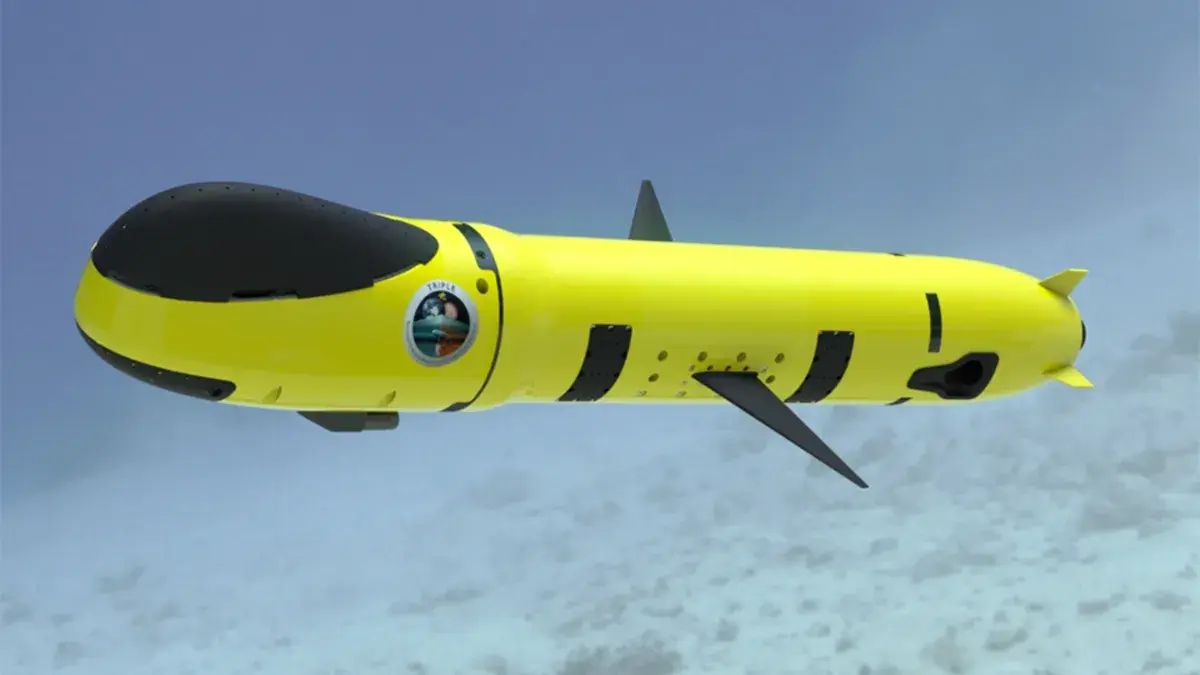A mysterious patch of water deep in the North Pacific Ocean hasn’t moved in more than 1,500 years.
Covering approximately 3,728 by 1,243 miles (6,000 by 2,000 km), where the North Pacific meets the Indian Ocean, the deep water never gets a chance to reach the surface. Scientists call this region of the world’s oldest water the “shadow zone.”
Scientists have been aware of the existence of the ancient water for a long time but they were not sure until recently just why this water managed to stay still for so long while the ocean around it kept churning violently.
A team of researchers from the University of New South Wales and Stockholm University used computer modeling of deep sea currents to reveal how the water remained trapped in this shadow zone around 1.2 miles below the surface.
The unique shape of the seafloor prevents water at the bottom from rising any farther than 1.5 miles below the surface, thus creating another watery floor.
The lack of contact with the ocean’s surface means oxygen concentrations in the zone are very low but scientists think that this almost stagnant water could still support life.







